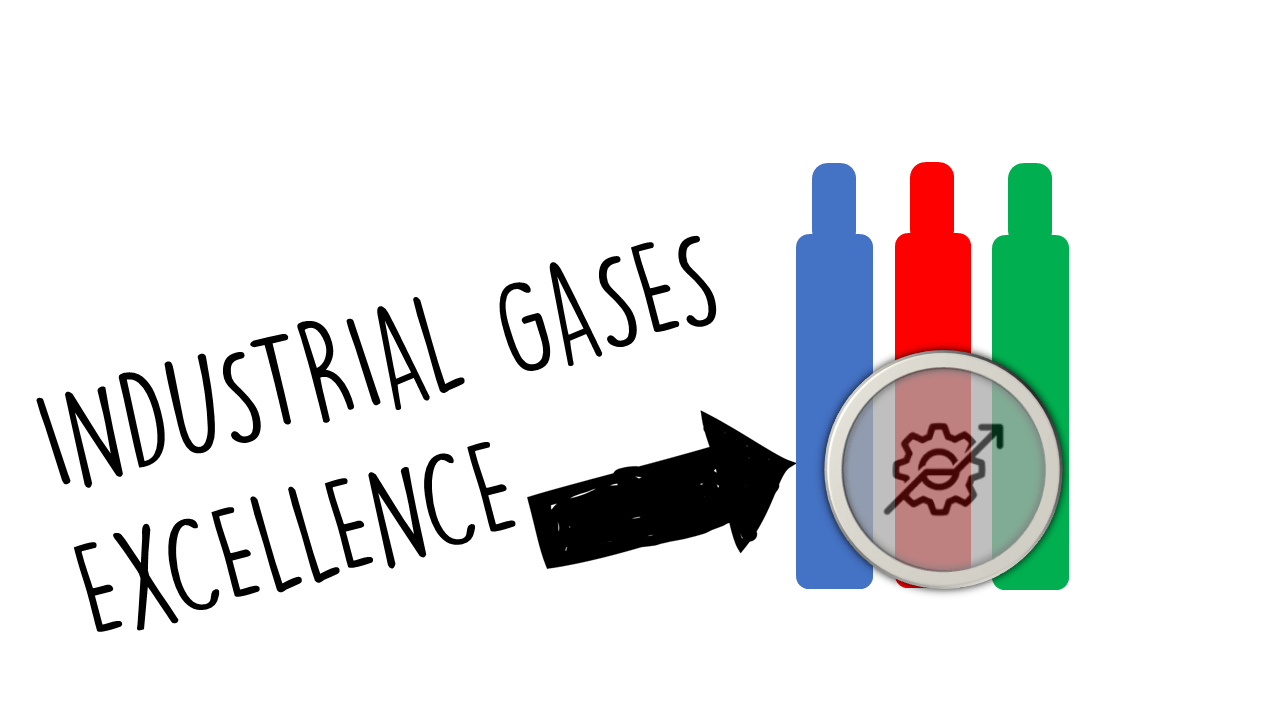Predicting the global leader in the industrial gas sector by 2030 involves considering current trends, technological advancements, market dynamics, regulatory environments, and the competitive positioning of major players. The industrial gas sector is integral to various industries, including manufacturing, healthcare, energy, and food processing. Here are a few key players and potential candidates for leadership by 2030, along with the reasons why they may emerge at the top:
1. Linde plc
- Market Positioning: Linde is currently the largest industrial gas companies worldwide, with a significant market share and a strong global presence. Their extensive product portfolio includes gases like oxygen, nitrogen, hydrogen, and specialty gases used across various sectors.
- Hydrogen Leadership: Linde is investing heavily in hydrogen production and distribution, positioning itself as a leader in the hydrogen economy, which is expected to play a crucial role in the transition to renewable energy.
- Technological Innovation: Linde focuses on continuous innovation and efficiency improvements in gas production and distribution, leveraging technology to enhance productivity and sustainability.
2. Air Liquide
- Sustainability Initiatives: Air Liquide has made significant strides toward sustainability, including investments in low-carbon technologies and renewable energy solutions. Their commitment to reducing carbon footprints aligns with global environmental goals.
- Diverse Customer Base: The company serves a wide range of industries, including healthcare, aerospace, and electronics, making it less vulnerable to downturns in specific sectors.
- Global Reach: Air Liquide has a well-established global presence, allowing it to capitalize on regional market demands, especially in emerging economies.
3. Praxair (a subsidiary of Linde)
- Synergies with Linde: After merging with Linde, Praxair combines significant resources and expertise, amplifying its capabilities in both distribution and technology.
- Strong Financial Performance: Praxair has demonstrated consistent revenue growth and profitability, positioning itself as a robust competitor in the market.
4. Messer Group
- Focus on Europe: Messer is one of the largest industrial gas companies in Europe and is expanding its global footprint. This regional focus, combined with robust distribution networks, allows it to serve diverse markets effectively.
- Strategic Acquisitions: Messer has been actively acquiring smaller players and expanding operations, enhancing its market capabilities and offerings.
5. Air Products and Chemicals, Inc.
- Strategic Investment in Hydrogen: Air Products has made significant investments in hydrogen production and infrastructure. Its focus on blue hydrogen and green hydrogen projects positions it advantageously in the low-carbon economy.
- Strong Partnerships: Collaborations with major stakeholders in various industries enhance its market readiness for future demands, particularly in emerging markets and sustainable technologies.
Factors Influencing Leadership in the Industrial Gas Sector by 2030:
- Transition to Renewable Energy: The shift towards renewable energy sources—including hydrogen—will drive demand for industrial gases and encourage companies that invest in sustainable practices and technologies.
- Technological Innovations: Advances in gas separation technology, carbon capture and storage, and energy-efficient processes will differentiate market leaders. Companies that leverage smart technologies and automation in production and distribution will have a competitive edge.
- Geopolitical Dynamics: Supply chain resilience and geopolitical stability will impact production and distribution. Companies that establish diverse sources and local production capabilities may mitigate risks associated with global supply chain disruptions.
- Regulatory Frameworks: Compliance with environmental regulations, particularly related to carbon emissions and safety standards, will be essential. Companies with proactive measures in environmental, social, and governance (ESG) frameworks will gain trust and loyalty from customers.
- Sustainable Practices: The increasing emphasis on sustainability will drive investment toward cleaner technologies and low-emission processes. Companies that align their business strategies with sustainability goals will likely see growth in demand.
Conclusion
While Linde plc and Air Liquide are currently the front runners in the industrial gas sector, the future leader will depend on how companies adapt to evolving market dynamics, technological innovations, and regulatory environments by 2030. Investments in hydrogen technology, sustainability initiatives, and the ability to penetrate emerging markets will be critical to maintaining competitive advantage. Ultimately, the firm that balances strong operational efficiency with a commitment to sustainability and innovation will likely emerge as the global leader in the industrial gas sector by2030.
Industrial Gases 2025+




